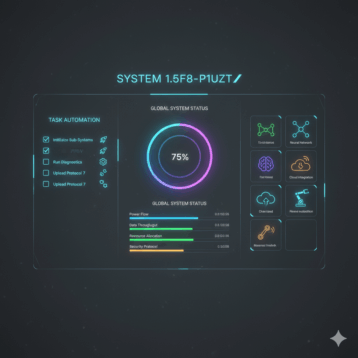|
Led by physics Professor Michael S. Fuhrer, the team found that thermal vibrations have a particularly small impression on the conduction of electrons in graphene. Energy of the material generated by temperature changes cause the atoms to vibrate in place and the electrons to travel through the material. As this happens, the electrons bounce off these vibrating atoms, giving rise to electrical resistance. The intensity of the electrical resistance is ‘intrinsic’ to the material; It can only be eliminated when the material is chilled to a temperature close to absolute zero, thus setting the upper limit of how well a material can conduct electricity.
The vibrating graphene atoms at room temperature also produce a resistivity of about 1.0 microOhm-cm. Resistivity is a specific measure of resistance; the resistance of a piece of material is its resistivity times its length, divided by its cross-sectional area. The lowest resistivity material known at room temperature is silver and the resistivity of graphene is about 35 percent less than that of silver.
Fuhrer explains that, “Other extrinsic sources in today’s fairly dirty graphene samples add some extra resistivity to graphene, so the overall resistivity isn’t quite as low as silver’s at room temperature – yet. However, graphene has far fewer electrons than silver, so in graphene the electrical current is carried by only a few electrons moving much faster than the electrons in silver.”
Fuhrer also points out that when graphene is rolled into a cylinder, it is termed a ‘semiconducting carbon nanotube’, and in this configuration the mobility at room temperature is over 100,000 cm2/Vs. This very high mobility enables future graphene applications to switch at high speeds or basically be able to turn on and off extremely fast. This high speed switching can accelerate processing speeds resulting in faster chips.
The higher mobility can be referred to as increased conductivity of a material per electronic charge carrier. Not only can graphene be used in semiconductor applications, but it might also find its way into chemical or bio-chemical sensing applications, where a molecule can be absorbed by a device and then translated into an electrical signal by changing the conductivity of the device.
Graphene can be utilised in a range of electronics applications from touch screens to photovoltaic cells. This is due to graphene’s low resistivity and extremely thin nature, enabling the applications to be thin, mechanically tough, and electrically conductive.
Theoretically, the mobility of graphene at room temperature can be as high as 200,000 cm2/Vs, but current testing leaves the value to be around 10,000 cm2/Vs. Since graphene is only one atom thick, current samples must sit on a substrate, in this case silicon dioxide. Similar to atomic-scale dirt, trapped electrical charges in the silicon dioxide can affect the electrons in graphene and reduce the mobility. The silicon dioxide substrate also causes disturbances to the graphene’s atomic vibrations. This process is called “remote interfacial phonon scattering: and influences the vibration of graphene, as the vibrations of the silicon dioxide are stronger than that of graphene’s.
“We believe that this work points out the importance of these extrinsic effects, and creates a roadmap for finding better substrates for future graphene devices in order to reduce the effects of charged impurity scattering and remote interfacial phonon scattering” Fuhrer said.
TFOT has previously covered the subject of plastic transistors of organic background to be used in future flexible displays and with enhanced electrical and mechanical properties. TFOT has also written about the development of a process and equipment that enables cooler, faster, cheaper, silicon chips, which in turn can improve the performance of future computers and reduce power loss. Another discovery recently covered by TFOT are nanotubes which can form ultrasensitive sensors; researchers have developed a new way of producing carbon nanotubes from a highly sensitive ready-made electric circuit. This may be particularly useful for the creation of ultra sensitive sensors and may also have applications for catalysis in fuel cells.
Further information on graphene’s properties and applications can be found at the University of Maryland website.










